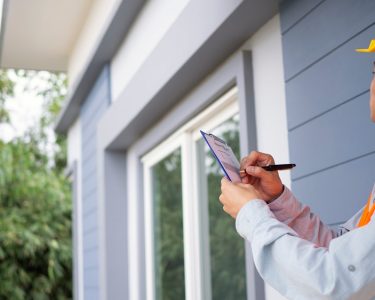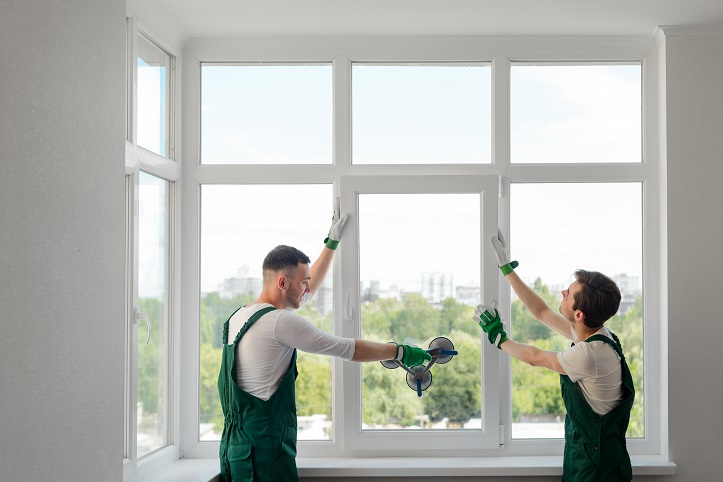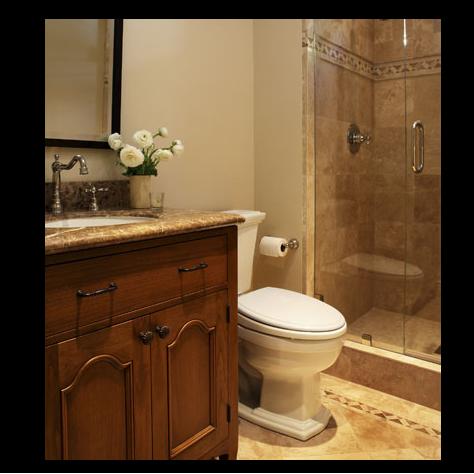In an era where environmental consciousness and financial prudence intersect, maximizing energy efficiency around the home has become a paramount concern for homeowners. From reducing utility bills to minimizing carbon footprints, the quest to optimize energy consumption is not merely a trend but a necessity in today’s world. In this comprehensive guide, we delve into an array of strategies, solutions, and insights aimed at empowering homeowners to elevate their energy efficiency efforts. From simple DIY fixes to strategic investments in renewable energy, we explore the multifaceted landscape of home energy optimization.
The foundation of any successful energy efficiency endeavor lies in understanding the interplay of various factors, from insulation and appliance efficiency to natural light utilization and renewable energy integration. However, amidst this intricate tapestry of considerations, replacement windows emerge as a linchpin in the quest for energy efficiency. By addressing thermal inefficiencies and minimizing heat transfer, energy-efficient replacement windows not only enhance insulation but also contribute to increased comfort and reduced utility costs. Join us as we embark on a journey to unlock the secrets of energy-efficient living and discover how simple yet impactful changes can transform your home into an oasis of sustainability and savings.
1. Enhance Insulation: A Foundation for Efficiency
Improving insulation is one of the most effective ways to increase energy efficiency in your home. Proper insulation helps to keep heat inside during the winter and outside during the summer, reducing the need for heating and cooling systems to work overtime. Consider adding insulation to attics, walls, and crawl spaces, and don’t forget about the importance of sealing air leaks around doors and windows. Speaking of windows, replacing old, inefficient windows with energy-efficient replacement windows can significantly improve insulation and reduce heat transfer, leading to lower energy bills and increased comfort year-round.
2. Upgrade to Energy-Efficient Appliances
Another way to boost energy efficiency in your home is by upgrading to energy-efficient appliances. From refrigerators and washing machines to dishwashers and water heaters, modern appliances are designed to use less energy while still providing top-notch performance. Look for appliances with the ENERGY STAR label, which indicates that they meet strict energy efficiency guidelines set by the Environmental Protection Agency. Additionally, consider investing in smart appliances that allow you to monitor and control energy usage remotely, optimizing efficiency and reducing waste.
3. Harness the Power of Natural Light
Maximizing natural light in your home not only reduces the need for artificial lighting but also provides numerous health and mood benefits. Consider installing skylights or solar tubes to bring in more natural light, and strategically place windows to capture sunlight throughout the day. When choosing replacement windows, opt for designs that maximize daylight while minimizing heat gain and loss. Low-emissivity (low-E) coatings and insulated frames are features to look for in energy-efficient replacement windows, helping to keep your home comfortable while reducing reliance on artificial lighting and heating.
4. Invest in Renewable Energy Sources
Consider investing in renewable energy sources such as solar panels or wind turbines to generate clean, sustainable power for your home. While the initial investment may be significant, renewable energy systems can provide long-term savings on energy bills and reduce your carbon footprint. Additionally, many local and federal incentives and rebates are available to offset the cost of renewable energy installations, making them a financially attractive option for environmentally conscious homeowners.
5. Practice Energy-Efficient Habits
Finally, don’t underestimate the impact of simple, everyday habits on your home’s energy efficiency. Turn off lights and electronics when not in use, unplug chargers and appliances when they’re not in use, and adjust your thermostat to save energy while you’re away from home. Additionally, consider investing in a programmable thermostat that automatically adjusts temperatures based on your schedule, optimizing comfort and energy usage.
Conclusion: A Brighter, Greener Future
In conclusion, the pursuit of energy efficiency around the home is an ongoing journey fueled by innovation, dedication, and a commitment to sustainability. By implementing the strategies and solutions outlined in this guide, homeowners can take significant strides toward reducing energy consumption, lowering utility bills, and minimizing their environmental footprint. From enhancing insulation and upgrading appliances to harnessing natural light and investing in renewable energy sources, there are countless avenues to explore in the quest for energy efficiency.
As we reflect on the transformative potential of energy-efficient living, it’s clear that replacement windows play a pivotal role in this endeavor. By embracing energy-efficient replacement windows, homeowners can not only enhance insulation and comfort but also elevate the aesthetic and value of their homes. With every installation, we inch closer to a brighter, greener future—one where sustainability and savings go hand in hand, and where every home is a beacon of efficiency and environmental stewardship.





